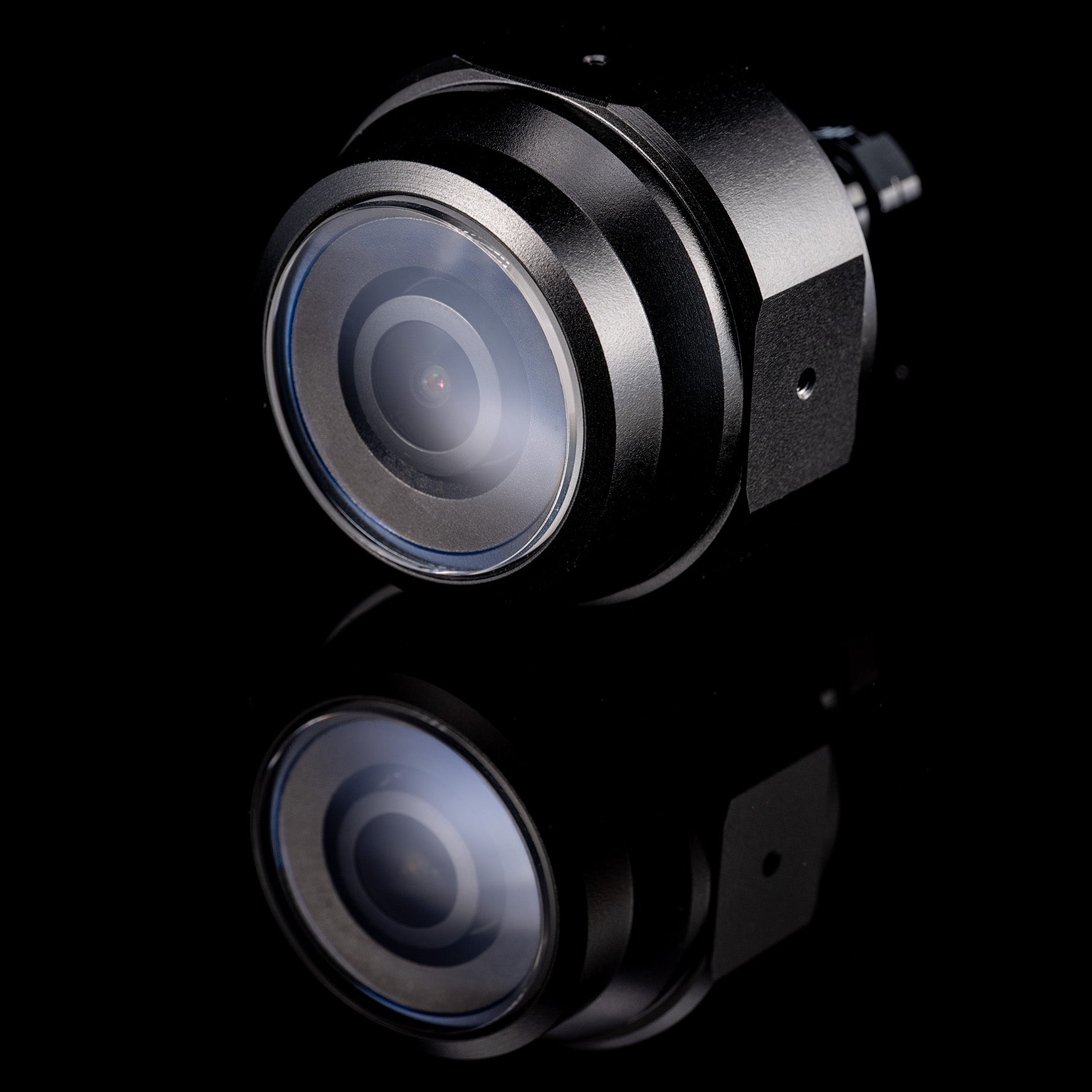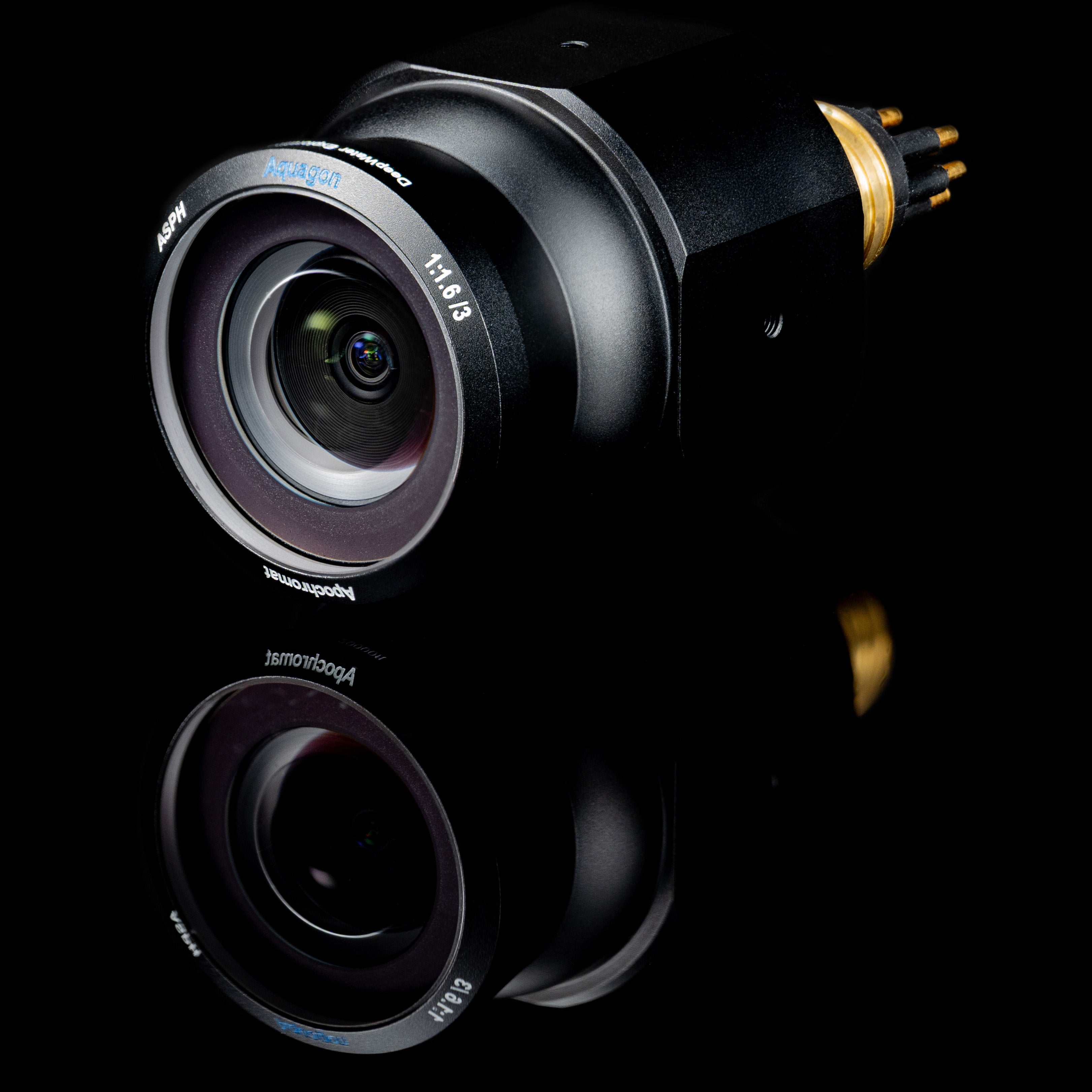Introduction to Frame Synchronization
What Is It?
Frame syncing is a process which ensures simultaneous image capturing across all connected cameras. This method maintains perfect temporal alignment across the whole camera network, eliminating timing discrepancies between different viewpoints.
How It Works.
While active, synchronization is achieved through a primary camera or external trigger source that sends precise pulse signals to all connected secondary cameras. This coordinated mechanism enables frame captures with millisecond-level accuracy across the entire camera network.
Importance for Computer Vision.
Precise frame synchronization is fundamental for advanced computer vision applications that analyze multiple viewpoints. Synchronized imaging is essential for accurate 3D reconstruction, object tracking, and stereo vision.
PrecisionSync™ Explained
MODE 1: Leader-Follower
In Leader-Follower mode, camera synchronization is achieved by designating one camera as the Leader through our firmware loader application. The Leader camera broadcasts start signals that automatically synchronize all connected Follower cameras, with no limitation on the number of Followers in the network. While Follower cameras can operate independently, they instantly align their frame timing when they detect a Leader signal, ensuring seamless integration into the synchronized network.
MODE 2: Followers Only
Configure all cameras as Followers to synchronize through an external signal source such as a microcontroller. This configuration supports unlimited Follower cameras, each responding precisely to the external trigger signal. While cameras can operate independently without a trigger signal, they automatically synchronize their frame captures once a trigger is detected.
Note: Frame rates and signal frequency must match across the system for proper synchronization.


PrecisionSync™ Demo
Set to MODE 1
Video slowed down by 97%
Connection Diagram
For proper synchronization, all cameras must share a common ground (GND) connection with a minimum path resistance of 10Ω. The FSIN (Frame Sync In) wire from each camera operates in either Follow mode to receive sync signals, or Leader mode to generate 3.3V logic level sync signals. To establish synchronization across the camera network, interconnect all FSIN wires between the cameras.



